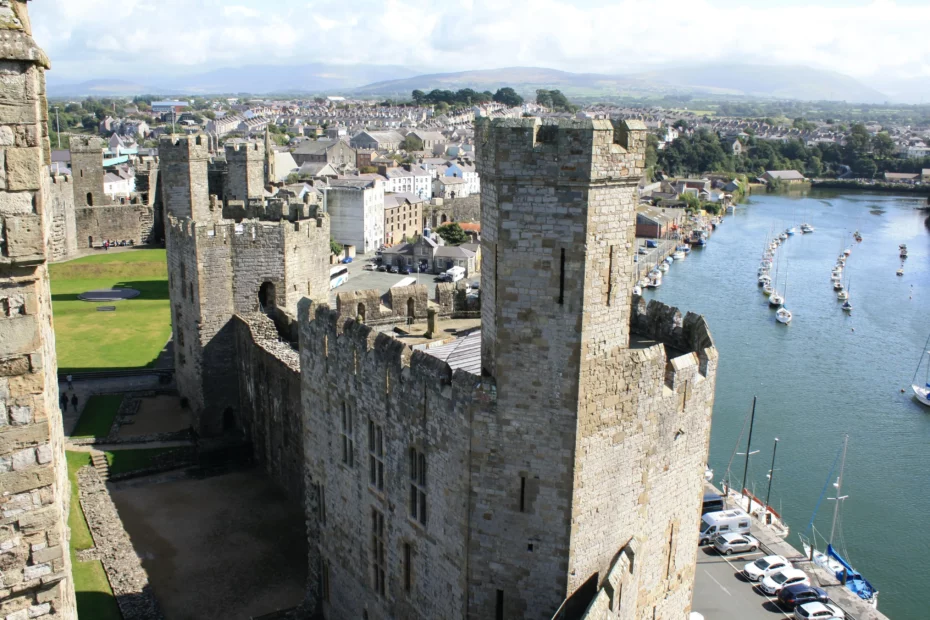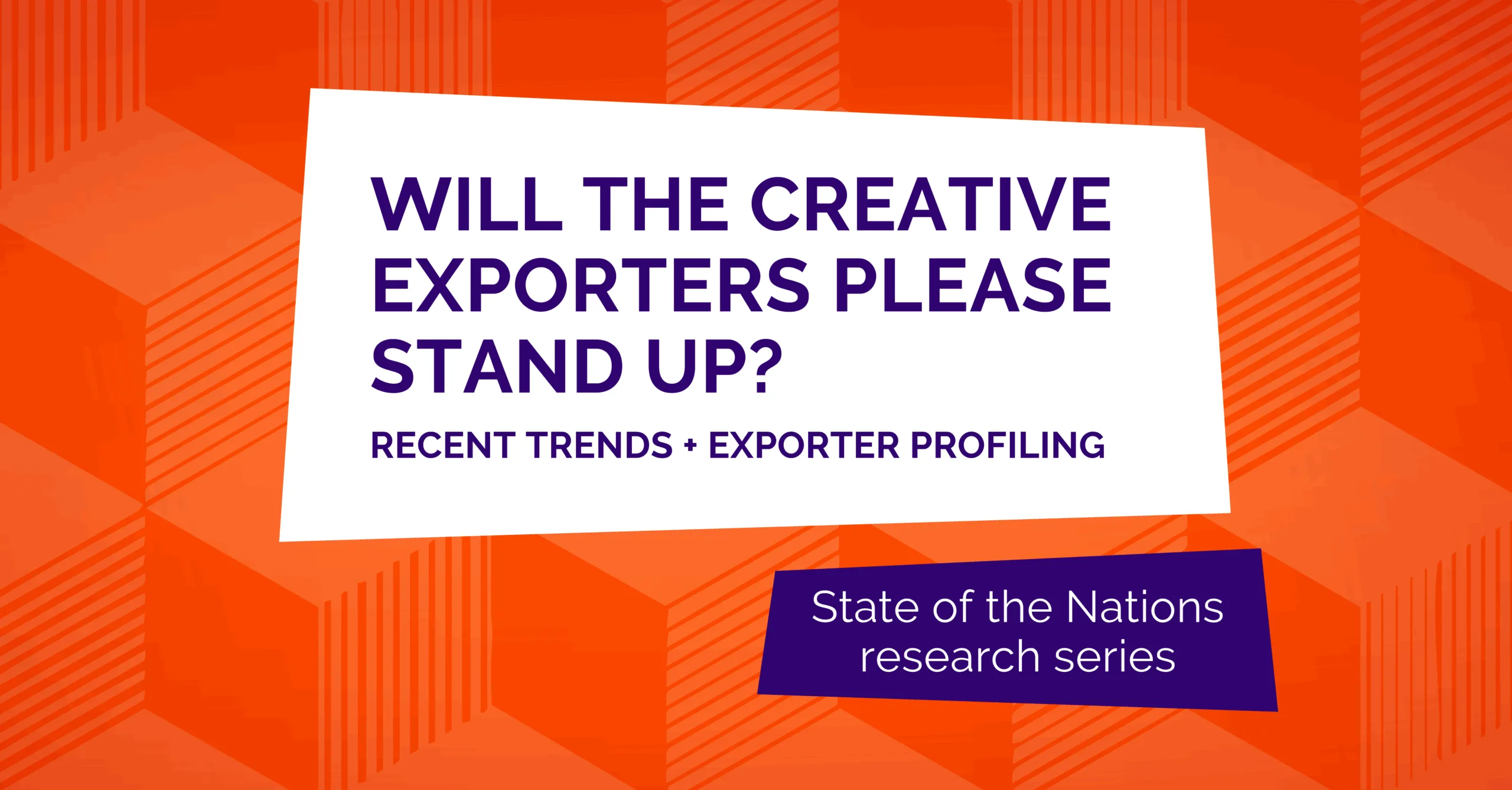Making the case for targeted funding to creative microclusters around the UK.
The creative industries are engines of growth. One in eight UK businesses are part of the creative industries, from fashion to software, and architecture to advertising. They contributed almost £116 billion in GVA in 2019, growing four times faster than the rate of the UK economy as a whole.
The creative industries are everywhere – and whilst they are found most frequently in big cities like London and Manchester, they are spread around the country, sometimes in surprising and overlooked places. These creative businesses often cluster together in tight knit groups. Through proximity they can offer each other support and nurture innovation. They provide significant economic and social value to their local area, creating jobs, developing skills, and attracting investment.
Over the last year, the PEC has published reports, research and insights that have shed light on the damage that the pandemic has done to the creative industries. There has been a collapse in working hours, and certain sub-sectors have been hit particularly hard: most severely we have seen 55,000 job losses in the Music, performing and visual arts sub-sector. The PEC’s previous campaign highlighted the experience of freelancers in the creative industries, with the number of freelancers in all creative occupations declining by 38,000 since the start of 2020.
At the same time, we have seen how important and resilient the creative industries have been during the pandemic. Creative innovators have developed new technologies to make it easier for us to live and work in lockdown. Entertainment, from TV to online theatre streams, have inspired and moved us.
These two factors together mean that there has never been a more critical time to ensure that the creative industries are fully embedded in Government policy. As well as the UK Government’s local growth agenda, major investment is available in the form of the UK Levelling-Up Fund. Significant strategic decisions are being made about the UK Shared Prosperity Fund and, in the very near future, we are expecting the publication of a UK Government Levelling-Up White Paper which could have repercussions for the sector for decades to come.
Thanks to previous research published by the PEC, we already have a better idea of where creative businesses are, and how important they are to a wide range of places, including areas like Telford in Shropshire or Lerwick in the Shetland Islands, that are outside of the large established creative clusters.
This week, we are publishing six new pieces of research to give policymakers an even clearer sense of why making the sector part of this agenda is so critical, and to highlight some of the activities which might help to inspire growth in local areas, from changing procurement rules, to investing in skills, to ensuring clear legacy strategies for one-off cultural investments
We are calling on the government ahead of the Spending Review and the Levelling Up White Paper to make sure that new investment into the creative industries – including R&D, design, marketing and training – is targeted at creative microclusters around the UK.
Photo of Caernarfon in Wales by Callum Parker
Related News and Press
Back the creative industries to grow the economy, says new research showing creative firms are more likely to be innovators and exporters
New research finds a higher share of UK creative MSMEs are exporters compared with the rest of the e…

